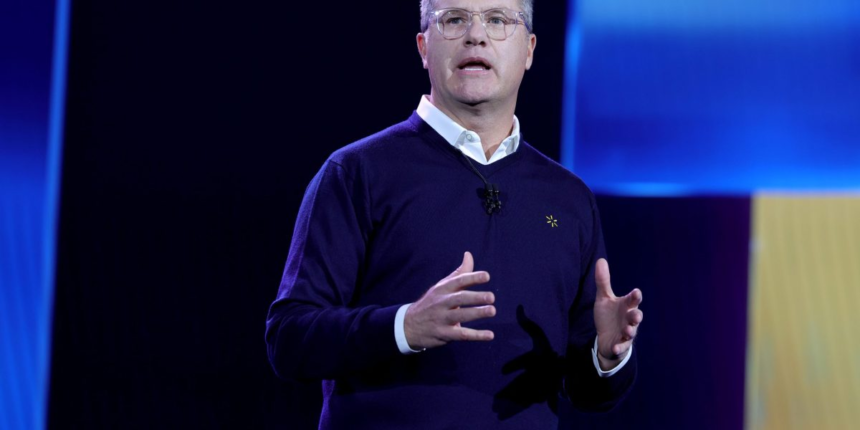With 2.1 million employees globally (including about 1.6 million in the U.S.), the retail giant offers a glimpse into how major employers are adapting to new technologies. And despite AI already automating some tasks for Walmart workers, including warehouse jobs, McMillon says the shift doesn’t necessarily mean people previously in those roles will be out of work.
Despite increased automation, Walmart plans to hold its headcount steady at around 2 million workers worldwide, though the mix of these jobs is expected to change, the retail giant’s chief people officer Donna Morris told the WSJ. Executives are even tracking which job functions decrease, increase or remain the same as a measure for where workers will need to be upskilled.
“Our goal is to create the opportunity for everybody to make it to the other side,” McMillon added. “Some jobs and tasks at Walmart will be eliminated, but others will be added.”
For example, last month, the $822 billion retailer created an “agent builder” position: a role where an employee builds AI tools to help merchants.
But not every job will be taken over by advanced technology; Walmart expects to continue using human workers, rather than humanoid robots, in roles that interact directly with people.
“Walmart has a history of getting stronger in moments of change, and with AI, we’re not waiting around – we’re leaning in to make it work for our customers, associates and partners. Over the next three years we expect headcount to remain flat as roles evolve. That’s why we’re providing associates with AI training and pathways to careers that are in high demand, both today and in the future,” a Walmart spokesperson exclusively told Fortune.
“How can I lean into the role that I have—whatever that role is—to adopt new tools, leverage them, and make things better than they would’ve otherwise been?” he told the publication.
“The best way to do that is to work together, to share information, and to learn together,” McMillon told the AP. “It’ll speed up our ability to get ahead of this so that we can do a better job of setting our associates up for success. And that’s ultimately what we’re trying to do.”









